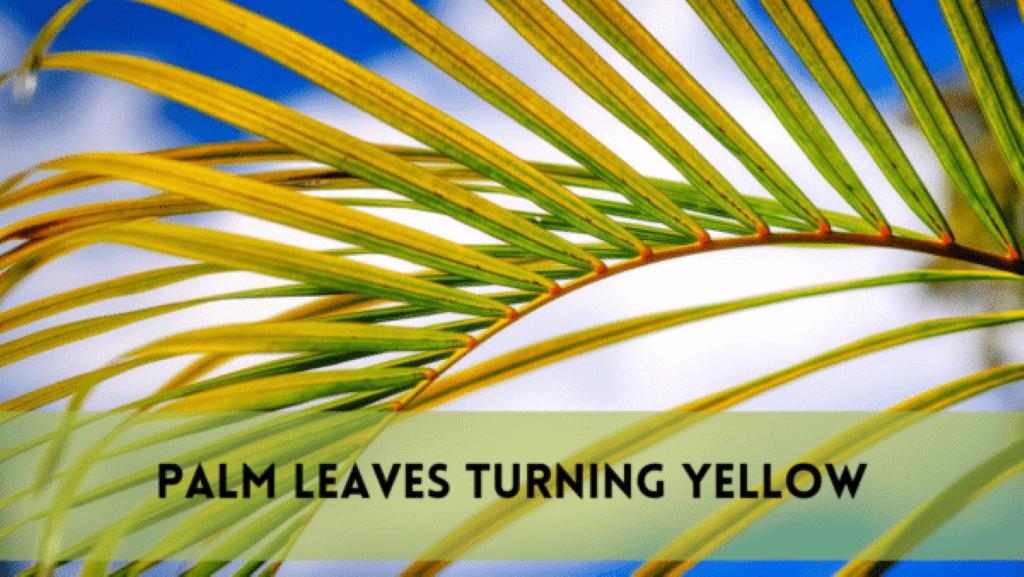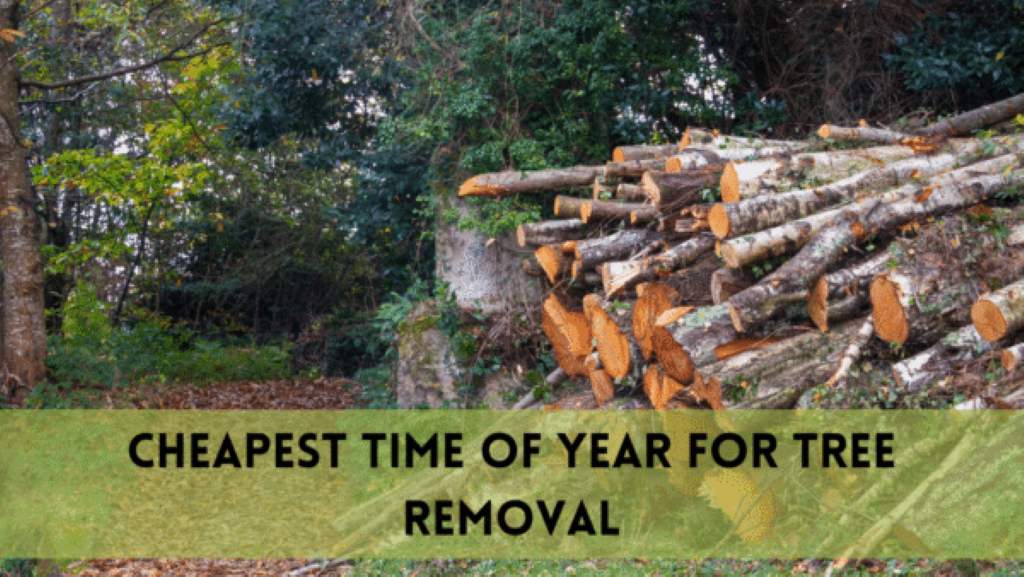Have you ever noticed that the you palm leaves turning yellow? This might worry plant lovers as well as homeowners. Treatment of the underlying causes is necessary to repair your yellowing palm leaves can indicate a variety of underlying issues.
Reveal the reasons of palm leaves turning yellow. Discover the reasons, such as problems with sunshine or a lack of certain nutrients, and get useful advice on how to get your palm’s health back.
Understanding the Cycle of Palm Leaves Turning Yellow
So let’s answer the puzzle of palm leaves turning yellow by taking a closer look at these tropical beauties’ natural life cycle. Like all living things, palms grow, mature, and then gradually become smaller over time.
As they age, individual fronds usually display a variety of hues before gracefully fading away. Still, if the yellowing is extensive and happening quickly, put on your detective cap.
A Typical Reason for Palm Leaves Turning Yellow
One of the primary reason of palm leaves turning yellow is a lack of sunlight. Due to their preference for sunlight, palm trees may experience difficulties with photosynthesis if they do not receive enough of it. If your hand is hidden in the shadows, it will not grow; it’s like placing a solar-powered device in a dark cabinet.
Solution: Move your palm to a more sunny location, making sure it gets the right quantity of sunshine for its kind. Keep in mind that different palms require different amounts of sunshine, so adjust the exposure appropriately.
Deficiency of Nutrients: A Key Reason Palm Leaves Turning Yellow
Similar to humans, palm trees need a balanced diet to survive. A deficiency of essential nutrients, particularly nitrogen, magnesium, and potassium, which may appear as yellowing of the leaves. This is a common issue with potted palms as the soil’s nutrients progressively run out.
Solution: Use a balanced fertilizer designed specifically for palm plants to nourish your palm. Seek for items made especially to address dietary deficiencies, and make sure you apply them at the prescribed amounts. A happy palm is one that is well-fed.
Overwatering turns the Palm Leaves Yellow
Although it’s important to maintain your palm well-hydrated, overwatering can suffocate its roots and cause a host of problems, such as palm leaves turning yellowing. Wet soil deprives the roots of oxygen, which sets off a chain reaction of issues.
Solution: Let the soil become dry in between applications of water. To keep water from standing still, make sure the planting location or container for your palm has enough drainage.
Maintain a regular watering regimen while considering the particular requirements of your type of palm.
Diseases and Pests can turns Yellow Palm Leaves
Your palm may become inflamed and noticeably discolored as a result of diseases and bugs that sneak in. Aphids, spider mites, and fungus infections are common pests that may turn those lush green leaves into a terrifying yellow.
Solution: Check your palm frequently for any indications of illness or bugs. Introduce ladybirds and other naturally occurring predators to control pest numbers. If a disease is found, treat it right away with the right fungicides or insecticides, being sure to adhere to the advised dosages.
Rotting Roots one of the Reason of Palm Leaves Turning Yellow
Root is a cunning foe that frequently remains undiscovered until it’s too late. It happens when the ground is continuously wet provide the ideal environment for dangerous fungus to grow and damage the roots. Promptly take action if you believe there is root. Take out the fronds that are damaged and let the soil air dry. To stop a recurrence, think about repotting your palm on soil that drains well. Recall that prevention is essential; stay away from overwatering and make sure the drainage system is working properly.
Environmental Pressure on Palm Leaves
Although they are hardy, palms can die from environmental pressures. Stress can be caused by abrupt temperature changes, high winds, or exposure to adverse weather conditions, which can cause leaves to become yellow.
Solution: During storms or moments of intense heat, cover your palm temporarily to protect it from the elements. Your palm will grow in a more stable environment if you mulch the area surrounding its base, which will also control soil moisture and temperature.
Palm Leaves Turning Yellowing with Age
As palms mature, it’s natural for older fronds to turn yellow and eventually brown. This is a normal part of the growth cycle, and these aging leaves can be trimmed to maintain the aesthetic appeal of your palm.
Solution: Use sharp, sterilized instruments to trim the fading fronds at their base. This reroutes energy to younger, healthier leaves while also improving the look of the palm.
Conclusion
A subtle hint that your verdant buddy needs some TLC is the change of palm leaves turning yellow in the complex dance of nature. Through precise diagnosis and application of tailored remedies, you may restore radiant health to your palm.
Keep in mind that every type of palm differs, so customize your tree care regimen to your green friend’s particular requirements. As you go out on your botanical adventure, pay close attention to your palm, pay attention to its requirements, and treat it with the respect it merits.
Your palm will once more delight your surroundings with its lush, green elegance with the proper balance of sunshine, nutrients, and thoughtful watering — a tribute to the wonderful relationship between nature and compassionate hands.
FAQs
What’s cause my palm leaves turning yellow?
The answer is that a number of things, such as inadequate sunshine, nutritional shortages, overwatering, pests, illnesses, environmental stress, and aging naturally, can cause palm leaves turning yellow. For an intervention to be effective, the precise reason must be determined.
How much sunlight do palm trees require to keep their leaves from turning yellow?
The quantity of sunshine needed for different types of palms varies. Make sure your palm gets 6 to 8 hours of direct sunshine every day, on average. Adapt the exposure to the particular amount of sunshine your palm type requires.
Which fertilizer is most effective in curing palm palms’ nutritional deficiencies?
Select a palm fertilizer that is well-balanced and contains vital elements including potassium, magnesium, and nitrogen. For best results, look for specialized formulations that treat nutritional shortages and apply at the prescribed amounts.
Can yellowing leaves on palm trees be caused by overwatering?
Yes, overwatering can cause root rot, which robs the roots of oxygen and turns the leaves yellow. In accordance with the particular requirements of your palm, maintain adequate drainage, let the soil dry in between waterings, and stick to a regular watering plan.
How can I keep illnesses and bugs that cause yellowing from harming my palm?
Examine your hand frequently for indications of illness or insect infestation. Introduce natural predators, such as ladybirds, and take early action to address any problems with appropriate fungicides or insecticides. Preventing infestations mostly involves keeping an atmosphere that is balanced and healthy.




